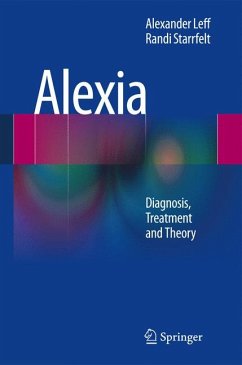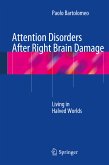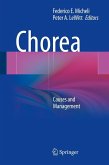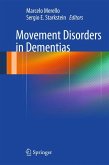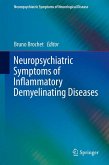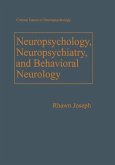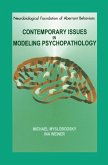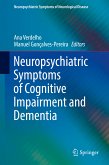This book starts with a chapter on normal reading, followed by chapters on hemianopic alexia, pure alexia and central alexia, each structured in the same way, with: a description of the condition; a historical review of cases to date; psychophysics; consideration of the causative lesions; evidence from functional imaging studies on patients and, most importantly, a review of the evidence base for treating each condition. Finally, there is a chapter on how patient data has informed how we think about reading.
Alexia: Diagnosis, Treatment and Theory is aimed at neuropsychologists (both experimental and clinical), neurologists, speech therapists and others who deal with patients whose reading has been affected by an acquired brain injury, as well as interested students studying language disorders.
Dieser Download kann aus rechtlichen Gründen nur mit Rechnungsadresse in A, B, BG, CY, CZ, D, DK, EW, E, FIN, F, GR, HR, H, IRL, I, LT, L, LR, M, NL, PL, P, R, S, SLO, SK ausgeliefert werden.
"The book covers various types of reading disorders, treatment recommendations, theoretical paradigms for models of adult reading, and possible causative lesions underlying these disorders. ... There are numerous figures that help clarify the text. With its discussion of both theory and treatment, this is a useful book. It is a great resource for neuropsychologists, neurologists, reading specialists, and speech therapists." (Gary B. Kaniuk, Doody's Book Reviews, February, 2014)

